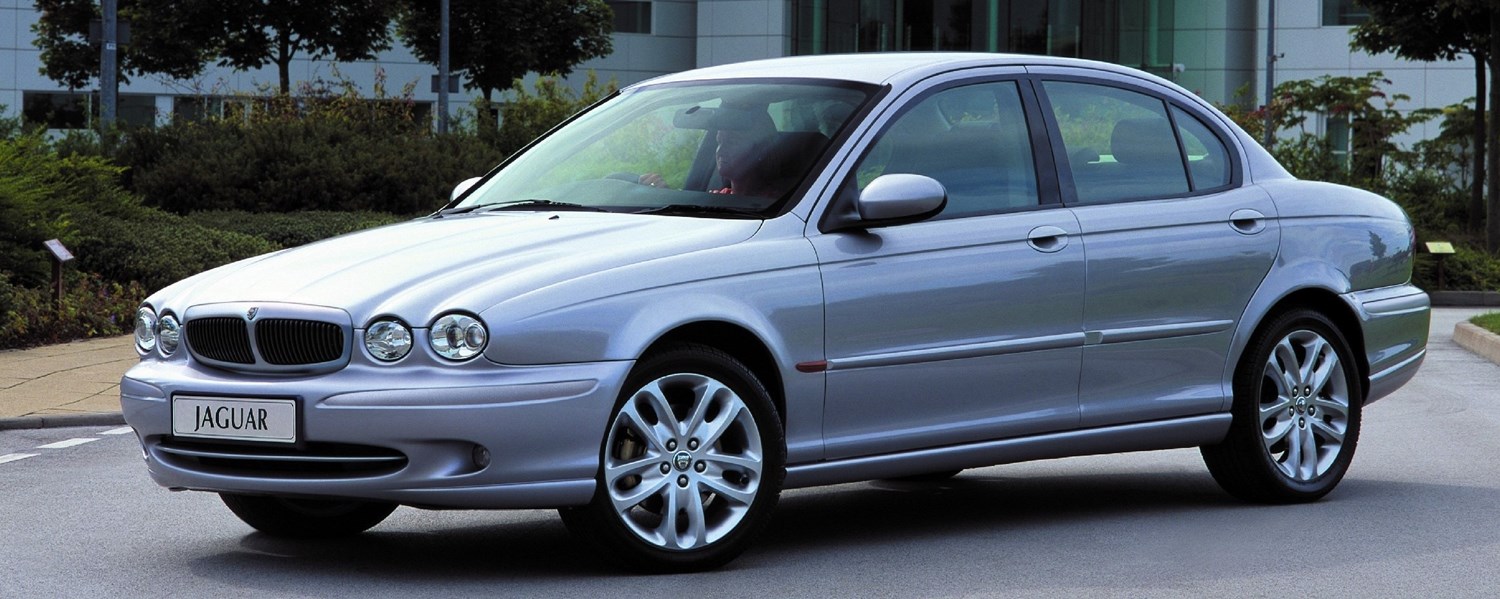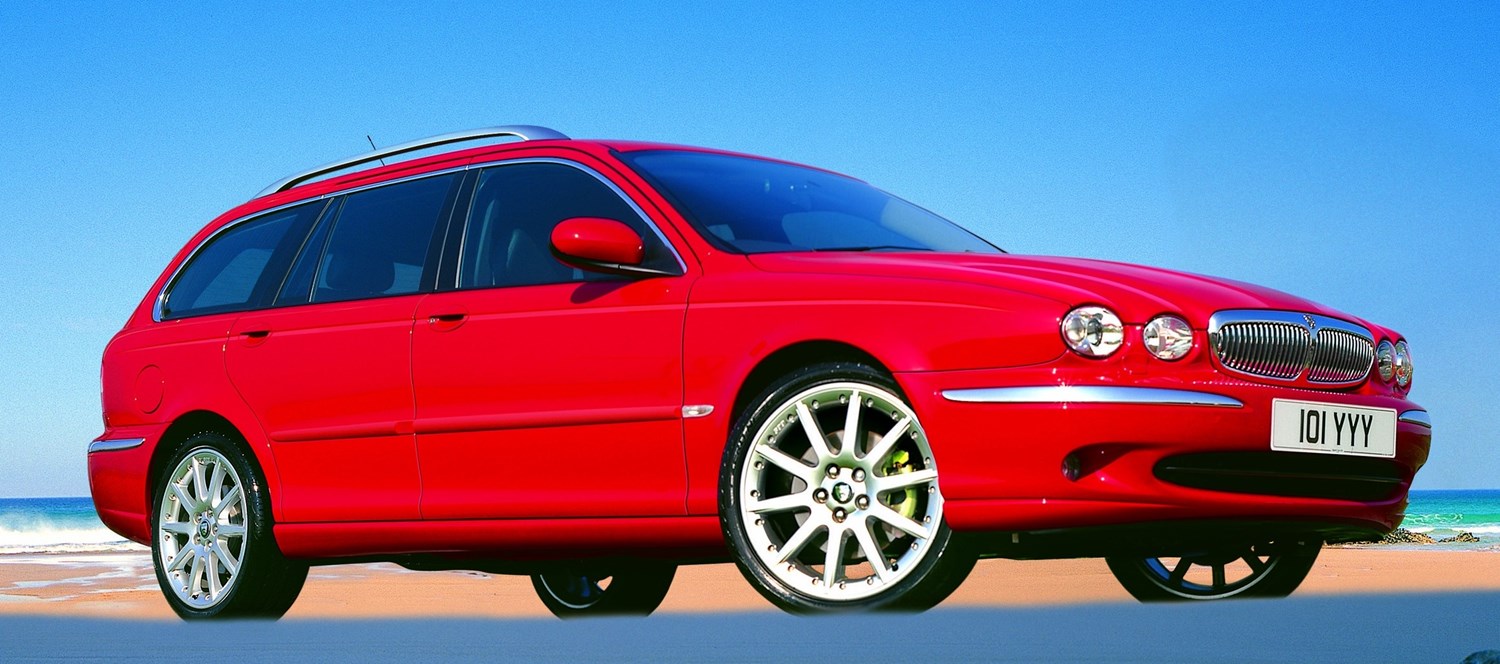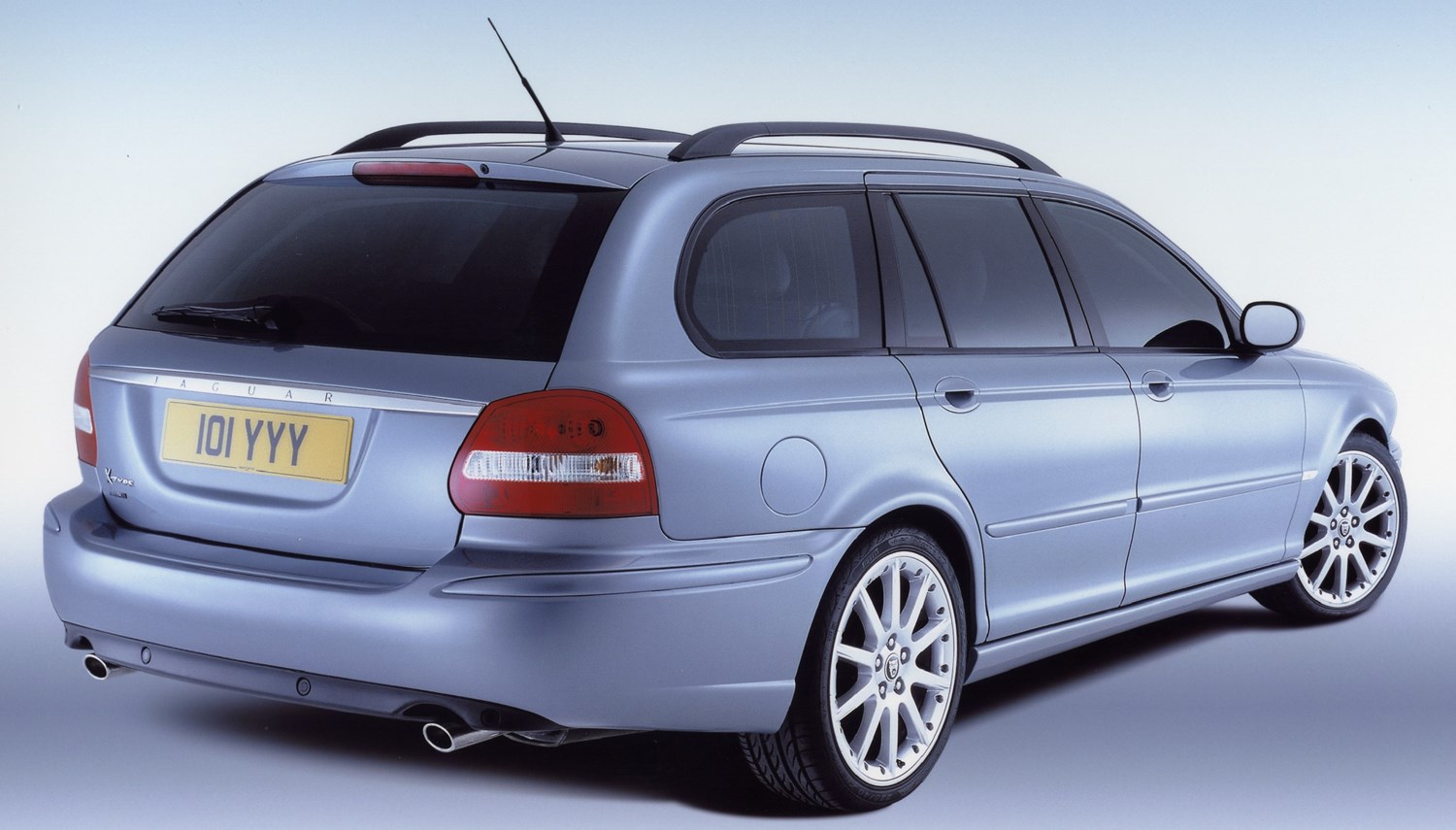Value for Money
When new, the X-Type was well priced alongside the likes of the Audi A4 and BMW 3-Series, the X-Type’s main rivals. Starting at just under £20,000 and rising to £31,000 for the top-of the range 3.0-litre V6 petrol. While the B6 Audi A4 may have started at just over the £18,000 mark, the A4 was offered with smaller engines, therefore making the model cheaper.
On first impression, used X-Types appear to be excellent value for money. Not being as popular or desirable as its German counterparts, the X-Type never held onto its value particularly well, meaning that the X-Type makes a great used buy – if bought wisely. X-Types start at just £400, although most are ‘spares or repair’ at this price. Even those with less than 70,000 miles, which appear to be in good condition, can be had for just over £1,000.
However, X-Types are renowned for their reliability woes. They need to be bought carefully, and it is highly recommended you take someone in the know, if ever purchasing one. They, like most things, are often cheap for a reason and shouldn’t be forgotten.
The V6 engines are notoriously poor for their fuel economy, failing to reach 30mpg even in their claimed figures. The diesels are the best option, the 2.0-litre Mondeo derived engine managing 48mpg. The gearbox choice also needs to be picked carefully as an X-Type equipped with the 2.2-litre diesel engine with the automatic gearbox is £45 more expensive to tax per year than its manual counterpart.
Depreciation should not be a concern either, there is little more money for the X-Type to lose. The key concern regarding value for money is the price of repairs. A well maintained X-Type needing little more than regular servicing will be a fine financial option. However, an X-Type riddled with problems will ultimately be little more than just a money pit.
Looks and image
The X-Type is a particularly marmite-looking car.
The distinctive traditional Jaguar styling divides opinion hugely. The X-Type also did little to solve Jaguar’s ‘old country gentlemen’ image problem.
Compared to more modern looking saloons such as the Audi A4 at the time, the X-Type already looked a bit dated even before the first ones rolled out of Jaguar showrooms.
The key fundamental behind the X-Type’s lackluster design is that not enough money was ever plugged into the product. The X-Type was, at most, a re-bodied Mondeo. Not only did a lack of development hinder the engineering, but also the overall design.
The X-Type should have been the car to change Jaguar’s image, but it quite possibly did the opposite. It was not until 2008 when the XF brought about the image change Jaguar drastically needed.
While the Ian Callum designed Estate variant definitely added some much-needed flair to the X-type model range, it was still not enough to alter the X-Type’s below par image.
Space and practicality
Despite the X-Type’s size, inside the interior is surprisingly cramped for a supposedly executive car.
Tall drivers may struggle to get comfortable in the X-Type, although this also applies to other compact executives in this class, such as the BMW 3-Series. Rear space also is cramped, although, again this is something A4 and 3-Series owners have complained about.
As for the Estate model, unsurprisingly it fares better in this category. Jaguar claimed the X-Type Estate had the most capacious load area in the estate class, although this is not too much of an achievement as the 3-Series Touring and A4 Avant were both known for being un-estate-like at this time for their lack of boot space.
As for safety, the X-Type did not do as well as expected in the rigorous EuroNCAP tests. EuroNCAP themselves described the results as a “little disappointing”. Whilst still receiving a four-star safety rating overall, with particularly good child safety, the X-Type received a dire one-star rating for pedestrian safety.


